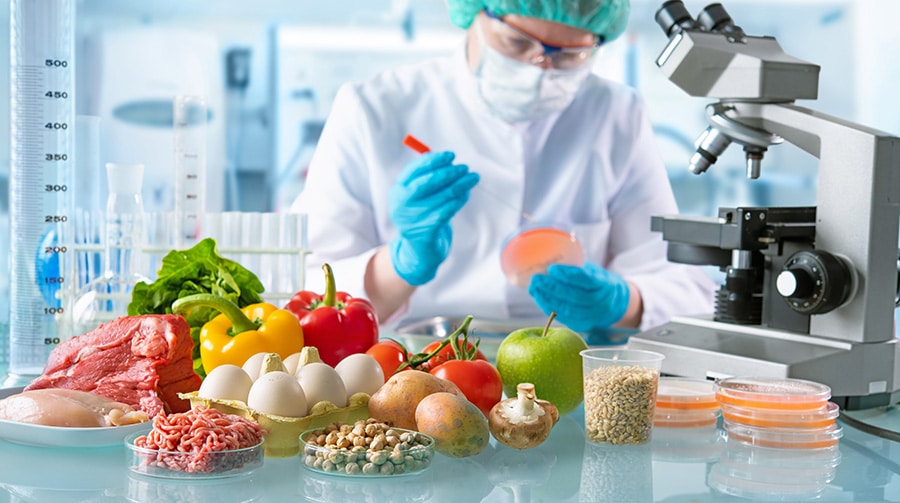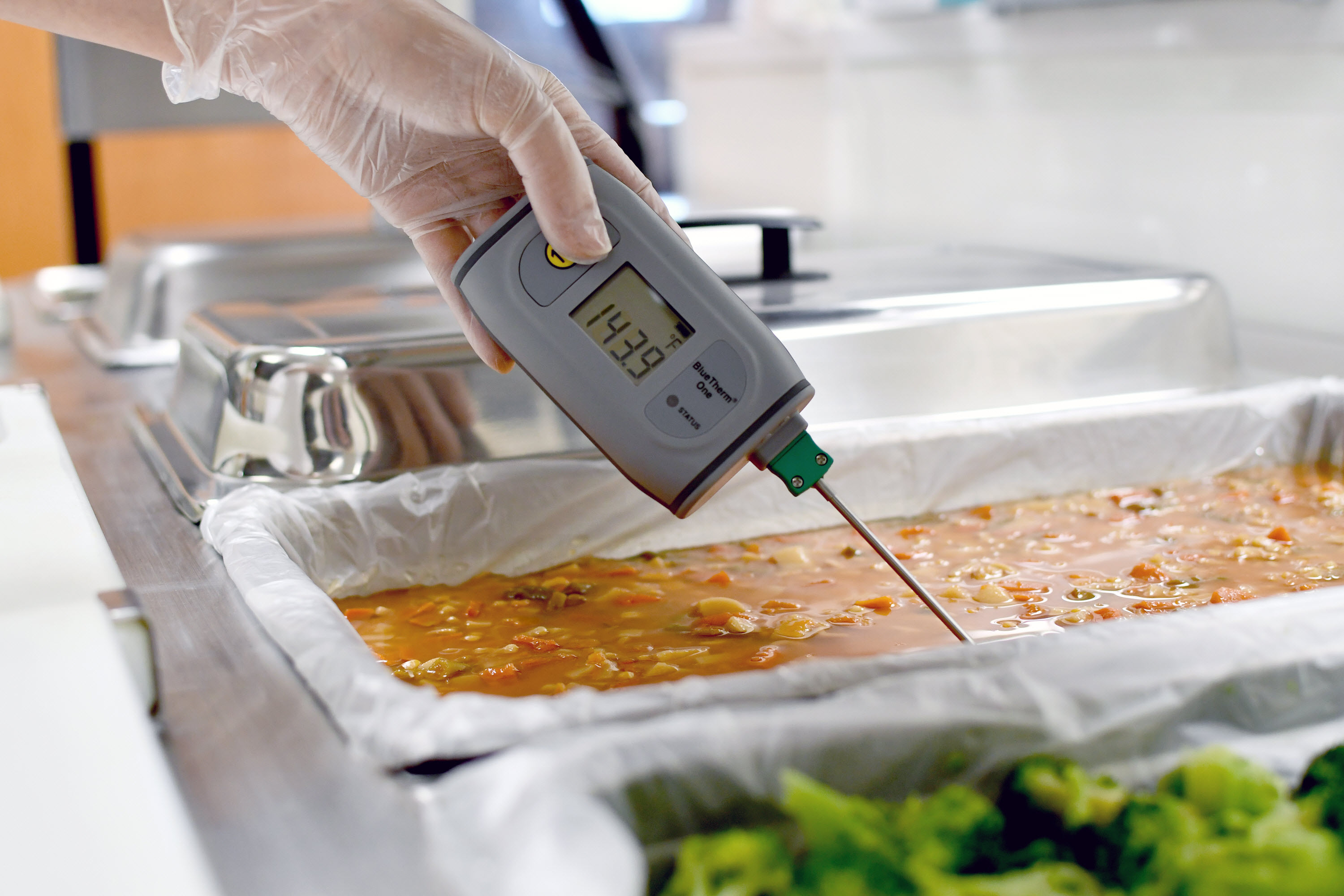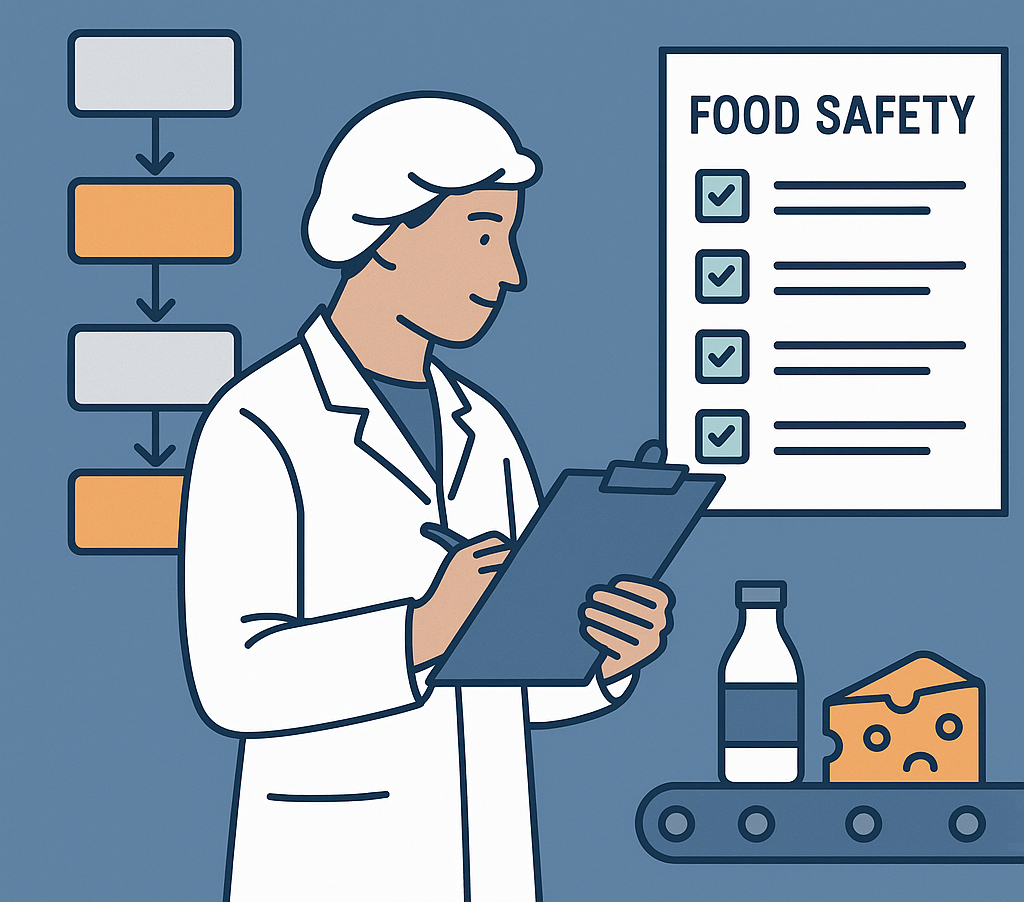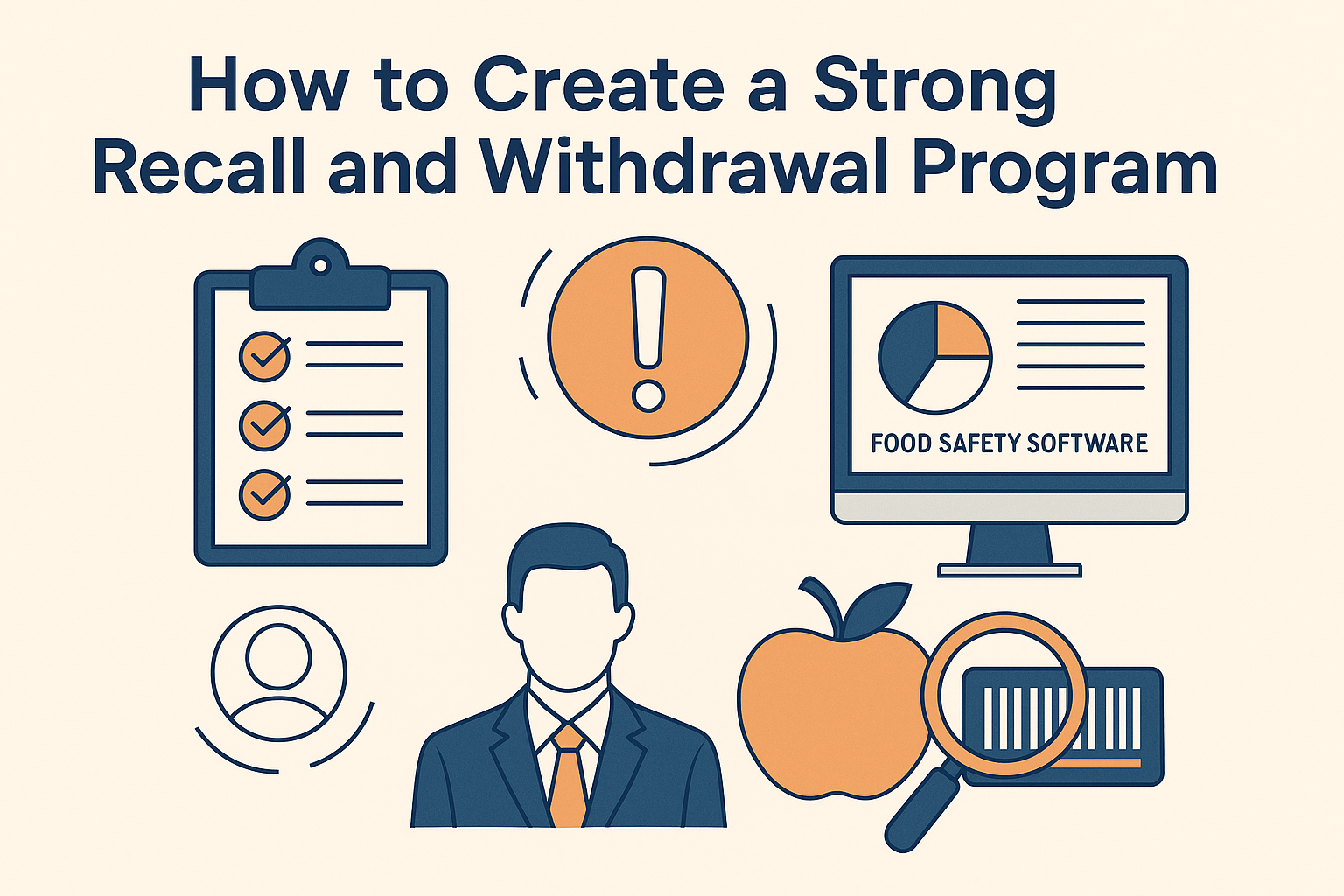In the realm of food safety, ensuring the quality and safety of produce is paramount. Environmental testing plays a crucial role in this process, serving as a critical step to identify potential contaminants and ensure compliance with stringent regulatory standards. This blog explores the significance of environmental testing in food safety, detailing its methodologies, applications, and the technology that supports it. Additionally, we will delve into examples of effective implementation and the role of advanced software solutions like food safety software and food traceability software in modern food safety protocols.
Understanding Environmental Testing in Food Safety
Environmental testing in the context of food safety involves the analysis of various environmental samples to detect the presence of harmful pathogens, toxins, or contaminants that could compromise the safety of food products. These samples can include air, water, soil, and surfaces in food production facilities. By conducting thorough environmental testing, food producers can identify potential sources of contamination and implement preventive measures to mitigate risks before products reach consumers.
Importance of Environmental Testing
-
Preventive Measures: Environmental testing helps in identifying areas within production facilities where contamination risks are high. By pinpointing these risks, food safety professionals can take proactive measures to prevent contamination before it occurs.
-
Compliance with Regulations: Regulatory bodies impose strict guidelines on food safety. Environmental testing ensures that food producers comply with these regulations, thereby safeguarding public health and maintaining consumer trust.
-
Enhanced Product Quality: Ensuring that produce is free from contaminants not only improves safety but also enhances overall product quality and shelf life, reducing potential waste and financial losses for producers.
Step-by-Step Approach to Environmental Testing
1. Sample Collection
The process begins with systematic sample collection from various points within the production environment. Samples may include swabs from surfaces, water samples from processing areas, air samples, and soil samples from surrounding areas.
2. Analysis and Testing
Once samples are collected, they undergo rigorous analysis in accredited laboratories equipped with advanced testing equipment. Techniques such as PCR (Polymerase Chain Reaction), ELISA (Enzyme-Linked Immunosorbent Assay), and culture-based methods are commonly employed to detect pathogens and contaminants.
3. Interpretation of Results
Results from the analysis are interpreted based on established thresholds and regulatory limits. Any presence of pathogens or contaminants above permissible levels triggers immediate corrective actions to address the root cause of contamination.
4. Implementation of Corrective Actions
Upon identifying sources of contamination, food safety professionals implement corrective actions, which may include enhanced sanitation protocols, equipment maintenance, or process adjustments to prevent future occurrences.
5. Continuous Monitoring and Verification
Environmental testing is not a one-time process but rather an ongoing commitment to food safety. Continuous monitoring and verification ensure that implemented measures are effective and that the environment remains safe for food production.
Examples of Effective Implementation
Case Study: XYZ Food Company
XYZ Food Company, a leading producer of fresh vegetables, implemented a comprehensive environmental testing program to ensure the safety of its products. By regularly testing air quality, water sources, and production surfaces, XYZ Food Company identified potential contamination risks early on. This proactive approach enabled them to maintain high food safety standards and comply with regulatory requirements consistently.
Case Study: ABC Dairy Farm
ABC Dairy Farm integrated food traceability software into its environmental testing process to enhance transparency and accountability. By using advanced software solutions, ABC Dairy Farm traced the origins of contaminants quickly, enabling swift recalls and minimizing potential consumer exposure. This technology-driven approach not only safeguarded public health but also reinforced consumer confidence in the brand's commitment to food safety.
Role of Technology in Environmental Testing
Technological advancements have revolutionized environmental testing in food safety. Key technologies include:
-
Food Safety Software: Integrated platforms that streamline data collection, analysis, and reporting, ensuring efficiency and accuracy in compliance with regulatory requirements.
-
Food Traceability Software: Enables real-time tracking of food products throughout the supply chain, enhancing transparency and facilitating rapid response in the event of contamination incidents.
In conclusion, environmental testing is a critical component of ensuring safe produce in the food industry. By systematically analyzing environmental samples and leveraging advanced technologies such as food safety software and food traceability software, food producers can uphold stringent safety standards, comply with regulations, and protect public health. Continuous improvement and innovation in environmental testing methodologies are essential to mitigate emerging risks and ensure the highest standards of food safety.
For a demonstration of how advanced software solutions can enhance your food safety protocols, you can request a demo at Normex Food Safety Software Demo.
As food safety professionals and C-level executives in the food industry, embracing these advancements not only safeguards your brand but also reinforces your commitment to delivering safe and high-quality produce to consumers worldwide.







